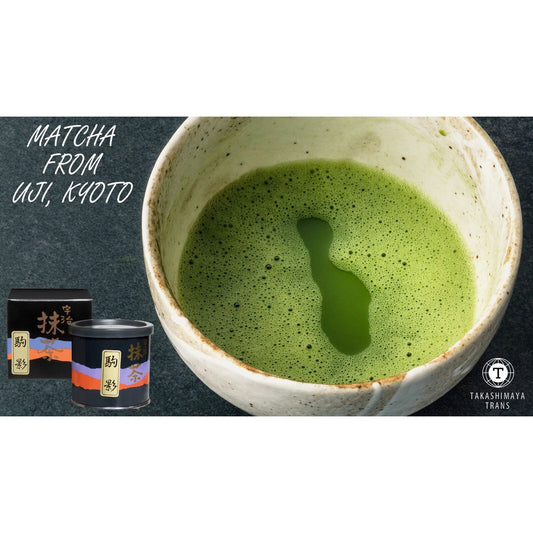Matcha, traditionally made by grinding tencha leaves in a stone mill, has undergone changes in recent times. In this blog post, we'll explore the current state of matcha production and consumption, shedding light on the reality behind matcha products available in the market.
1. The Essence of Matcha:
Matcha, at its core, is made from grinding tencha, a type of green tea, using a tea mill. This traditional method produces a vibrant and flavorful powdered tea known as matcha.
2. Diverse Matcha Varieties:
However, in recent years, the definition of matcha has expanded, and various products are now marketed as matcha. This broader categorization has led to a wider range of matcha products available to consumers.
3. Matcha Production Statistics:
According to estimates based on statistics from 2018, the annual production of matcha amounts to approximately 7,000 tons. Surprisingly, only 40% of this total production (2,800 tons) is authentic matcha made from ground tencha leaves.
4. The Rise of "Powdered Tea":
The remaining 60% of the matcha production, equivalent to 4,200 tons, does not qualify as genuine matcha. Instead, it should be labeled and sold as "powdered tea." However, the reality is that these products are often marketed and sold as matcha, causing confusion among consumers.
The world of matcha has evolved, and the definition of what constitutes matcha has expanded to include various powdered tea products. While traditional matcha made from ground tencha leaves remains the essence of this beloved beverage, it is important for consumers to be aware of the reality behind matcha products available in the market. By understanding the variations and nuances, consumers can make informed choices and appreciate the true essence of matcha.
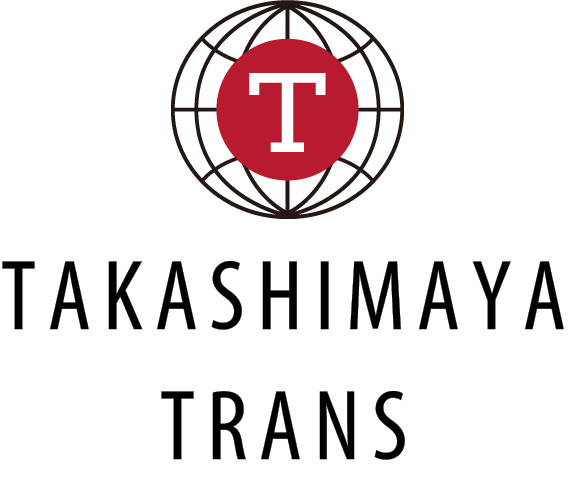
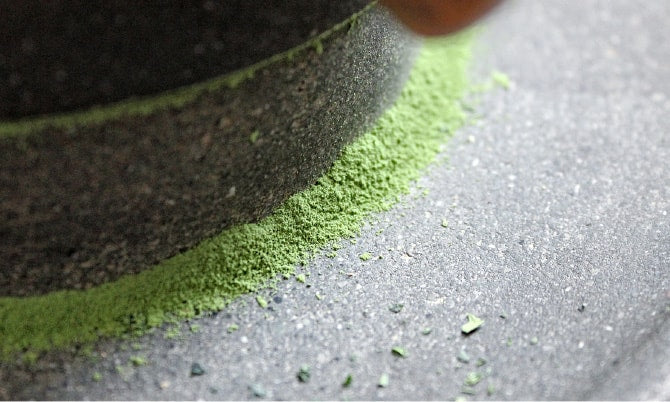
![Kyoto Uji Matcha Green Tea Powder EIJU 京都宇治抹茶 永寿 [Direct from Japan]](http://tw.takatrans.com/cdn/shop/files/59a0d217accd52af2eea14d115d1aa2f.jpg?v=1752573978&width=533)
![Kyoto Uji Matcha Green Tea Power KOMAKAGE 京都宇治抹茶 駒影 [Direct from Japan]](http://tw.takatrans.com/cdn/shop/files/9d551fd9780c01e68f428206e55a6e88.jpg?v=1752574038&width=533)
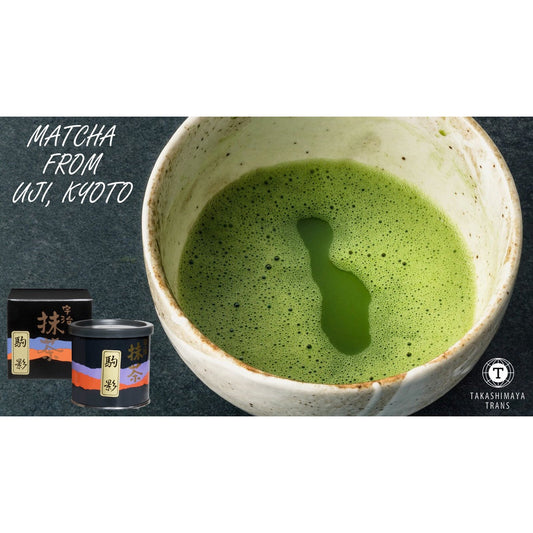
![Kyoto Uji Matcha Green Tea Powder KOHATA 京都宇治抹茶 許波多の昔 [Direct from Japan]](http://tw.takatrans.com/cdn/shop/files/6aae4f6e307491b9a1639f9e69eb4d39.jpg?v=1752574020&width=533)
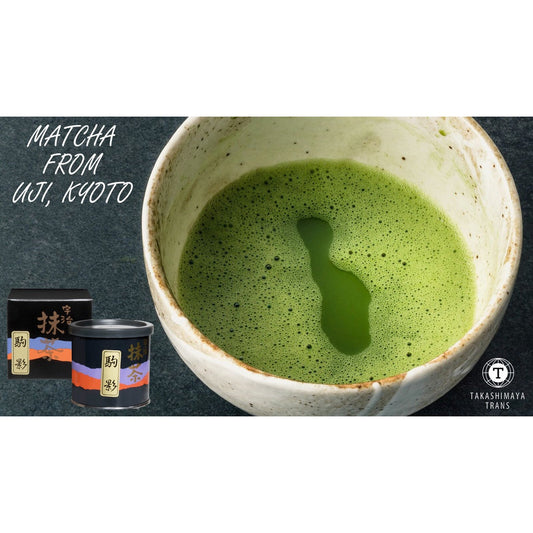
![Kyoto Uji Matcha Green Tea Powder YAYOI 京都宇治抹茶 弥生の白 [Direct from Japan]](http://tw.takatrans.com/cdn/shop/files/c196299168ab1221de6b754ccb332e47.jpg?v=1752574068&width=533)
